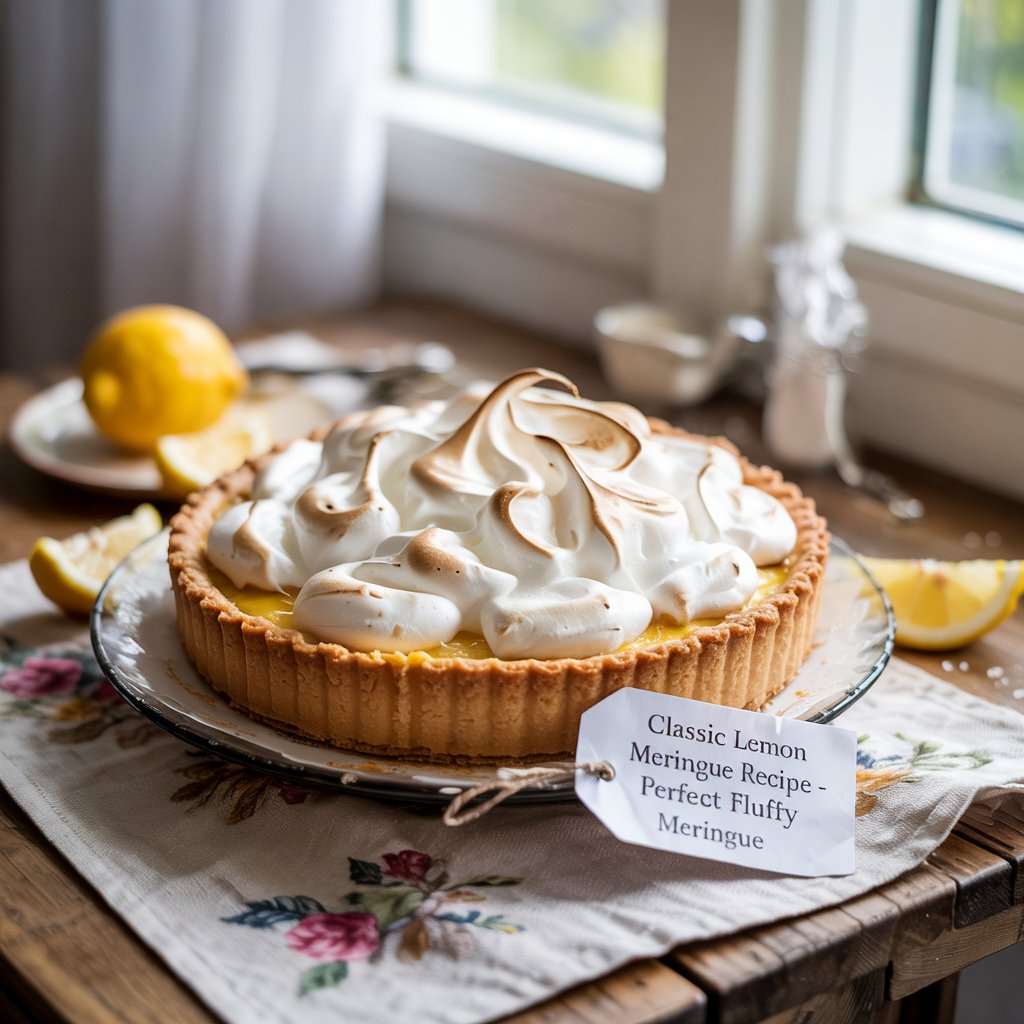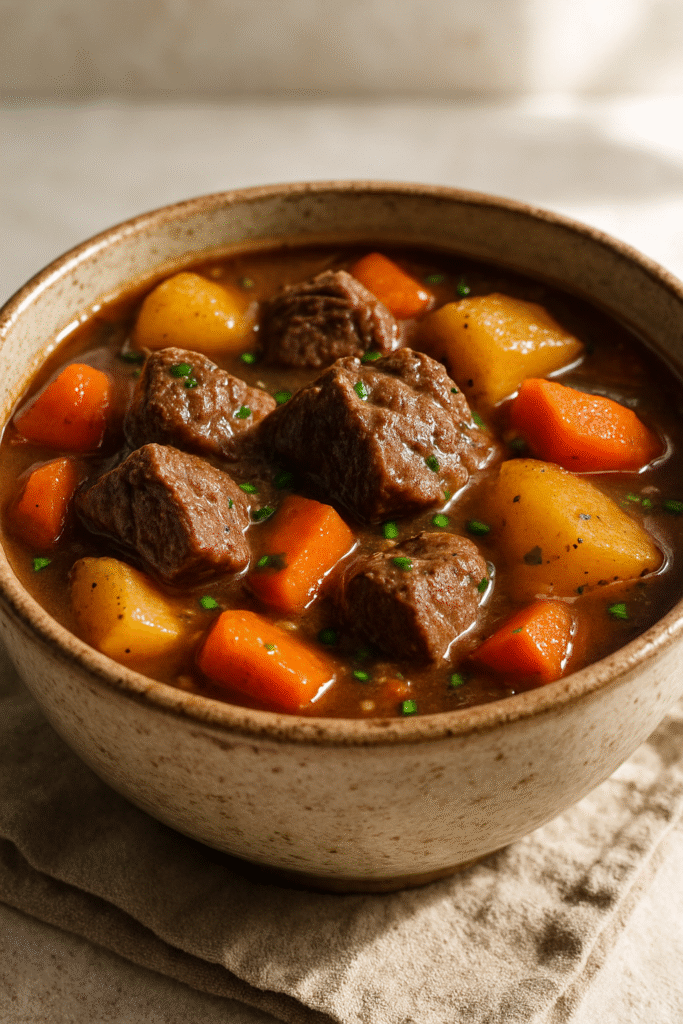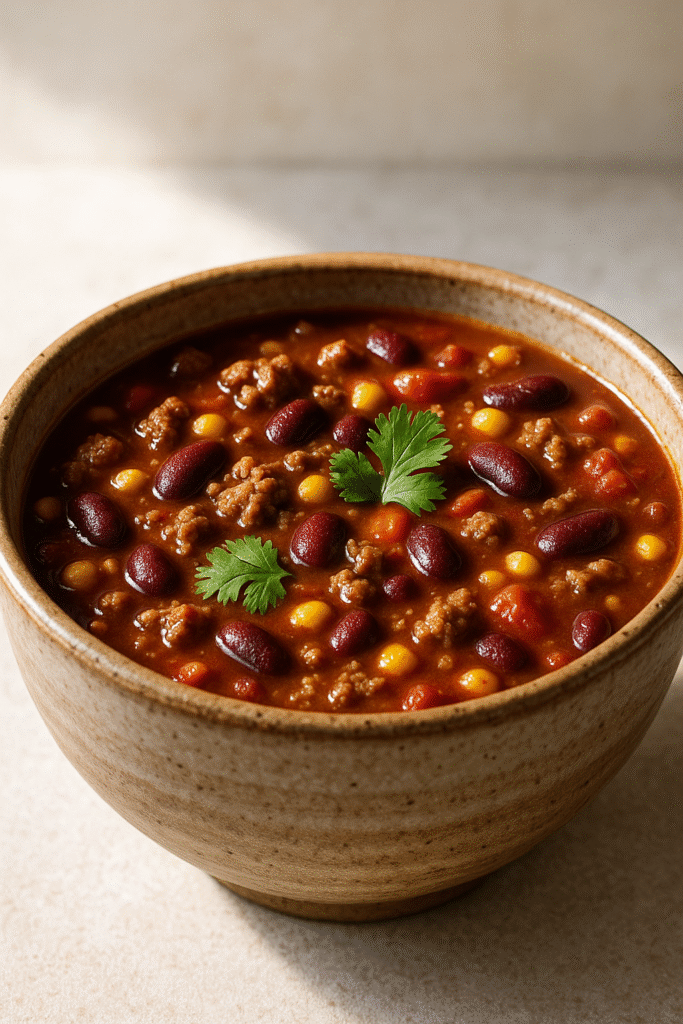
ADVERTISEMENT
The Ultimate Classic Pie
Lemon meringue pie genuinely represents classic American dessert perfection. This showstopping pie features three distinct layers: buttery flaky crust, tangy lemon filling, and billowy meringue topping. The combination of tart, sweet, and creamy flavors creates irresistible dessert that genuinely impresses at any gathering. While the recipe requires several steps, each component comes together easily with proper technique, resulting in a pie that looks and tastes like it came from a professional bakery.
The Three Essential Components
Perfect lemon meringue pie genuinely depends on mastering three separate elements. The crust must be flaky and fully baked to prevent sogginess. The lemon filling needs proper thickness and bright citrus flavor. The meringue requires careful preparation to achieve stable, glossy peaks that won’t weep or deflate. Understanding each component individually genuinely ensures success when assembling the complete pie.
Classic Lemon Meringue Pie
Prep Time: 30 Minutes Cook Time: 45 Minutes Chill Time: 4 Hours Serves: 8This classic recipe genuinely delivers perfect balance of tart lemon filling with sweet, fluffy meringue on crisp crust. Every slice showcases professional-quality results.
ADVERTISEMENT
Pie Crust Ingredients:
- 1 9-inch pie crust (homemade or store-bought)
Lemon Filling Ingredients:
- 1 1/3 cups water
- 1 cup granulated sugar
- 1/3 cup cornstarch
- 1/4 teaspoon salt
- 5 large egg yolks (reserve whites for meringue)
- 1/2 cup fresh lemon juice (about 3-4 lemons)
- 1 tablespoon lemon zest
- 2 tablespoons unsalted butter
Meringue Ingredients:
- 5 large egg whites (room temperature)
- 1/2 teaspoon cream of tartar
- 1/2 cup granulated sugar
- 1/8 teaspoon salt
- 1/2 teaspoon vanilla extract
Step-by-Step Instructions:
Prepare the Crust:
- Preheat oven to 375°F (190°C).
- Roll out pie dough and fit into a 9-inch pie plate.
- Trim edges and crimp decoratively.
- Line crust with parchment paper and fill with pie weights or dried beans.
- Blind bake for 15 minutes.
- Remove weights and parchment, then bake for 10-12 more minutes until golden.
- Let cool completely while preparing filling.
Make the Lemon Filling:
- Whisk egg yolks in a medium bowl and set aside.
- In a medium saucepan, whisk together water, sugar, cornstarch, and salt.
- Add lemon juice and lemon zest.
- Cook over medium heat, stirring constantly, for 6-8 minutes until mixture thickens and bubbles.
- Remove from heat.
- Slowly add about 1/2 cup of the hot mixture to egg yolks while whisking constantly (this tempers the eggs).
- Pour tempered egg mixture back into the saucepan, whisking continuously.
- Return to medium heat and cook for 2 more minutes, stirring constantly.
- Remove from heat and stir in butter until melted.
- Pour hot filling into baked pie crust.
- Press plastic wrap directly onto the surface to prevent skin from forming.
- Set aside while preparing meringue.
Make the Meringue:
- Preheat oven to 350°F (175°C).
- In a clean, dry bowl of a stand mixer, combine egg whites and cream of tartar.
- Beat on medium speed until frothy.
- Gradually add sugar, 1 tablespoon at a time, while beating.
- Add salt and vanilla extract.
- Increase speed to high and beat until stiff, glossy peaks form (4-5 minutes).
- The meringue should stand up straight when you lift the beater.
Assemble and Bake:
- Remove plastic wrap from lemon filling.
- Dollop meringue over hot filling while filling is still warm.
- Spread meringue to the edges of the crust, sealing completely to prevent shrinking.
- Use the back of a spoon to create peaks and swirls.
- Bake for 12-15 minutes until meringue peaks are golden brown.
- Let pie cool at room temperature for 1 hour.
- Refrigerate for at least 4 hours before slicing.
- Serve chilled.
Important: Spread meringue on hot filling to help seal the layers together and prevent weeping. For more pie-making tips, Sally’s Baking Addiction offers excellent guidance.
Mastering the Perfect Meringue
The meringue genuinely makes or breaks lemon meringue pie. These techniques ensure sky-high, stable meringue every time.
Room Temperature Egg Whites
Room temperature egg whites genuinely whip to greater volume than cold eggs. Take eggs out of the refrigerator 30 minutes before starting. If you forget, place whole eggs in a bowl of warm water for 10 minutes. The warmer proteins unfold more easily, incorporating more air during beating.
Clean Equipment is Essential
Even a tiny amount of fat prevents egg whites from reaching full volume. Wipe bowl and beaters with vinegar or lemon juice, then dry completely. Ensure no egg yolk contaminates the whites when separating. One speck of yolk genuinely ruins the entire batch.
Add Sugar Gradually
Adding sugar too quickly weighs down the egg whites before they develop structure. Add sugar one tablespoon at a time after soft peaks form. Beat well after each addition. The gradual incorporation genuinely creates more stable meringue that holds its shape beautifully.
Know Your Peaks
Soft peaks curl over when you lift the beater. Stiff peaks stand straight up. For lemon meringue pie, beat to stiff, glossy peaks. The meringue should look smooth and shiny, not dry or grainy. Overbeaten meringue becomes dry and separates, so stop when peaks are stiff but still glossy.
Preventing Common Problems
Weeping—water pooling between filling and meringue—genuinely frustrates home bakers. Spread meringue on hot filling, sealing completely to the crust edges. This heat cooks the bottom of the meringue, preventing separation. Additionally, avoid overbaking, which squeezes water from the meringue. For troubleshooting help, Tastes Better From Scratch provides excellent solutions.
Meringue that pulls away from the crust creates gaps around the edges. Spread meringue all the way to the crust, making sure it touches everywhere. The connection to the crust genuinely anchors the meringue, preventing shrinkage during baking. Use the back of a spoon to press meringue firmly against the crust edge.
Blind baking the crust fully before adding filling genuinely prevents sogginess. Bake until golden brown, not just lightly colored. The crust should feel dry and crisp to the touch. Additionally, add hot filling to hot crust—the heat continues crisping the crust while preventing moisture absorption.
The filling should be thick enough to slice cleanly but not so thick it becomes gelatinous. Cook filling until it coats the back of a spoon and holds a line when you draw your finger through it. The mixture genuinely continues thickening as it cools, so don’t overcook or it becomes too firm.
Dip your knife in hot water and wipe clean between each slice. The warm, wet knife genuinely cuts through meringue without dragging or compressing it. Make one smooth cut rather than sawing back and forth. Clean the knife after every single slice for professional-looking results.
Ingredient Selection Tips
Choosing Lemons
Fresh lemon juice genuinely makes significant difference in flavor. Use 3-4 medium lemons to yield 1/2 cup juice. Roll lemons on the counter before juicing to release more juice. Avoid bottled lemon juice—it lacks the bright, fresh flavor that makes this pie special. Meyer lemons create sweeter, more floral variation if available.
Cornstarch vs. Flour
Cornstarch genuinely creates clearer, more translucent filling than flour. It also provides better consistency and doesn’t leave starchy aftertaste. Use exactly the amount specified—too little creates runny filling, while too much makes it gummy. Whisk cornstarch thoroughly with other dry ingredients before adding liquid.
Cream of Tartar
Cream of tartar stabilizes egg whites and helps them hold their shape. This acid genuinely strengthens the protein structure in egg whites. If unavailable, substitute 1/2 teaspoon lemon juice or white vinegar per egg white. The meringue will still work but may not be quite as stable.
Quality Butter
Use unsalted butter to control sodium levels and taste. The butter enriches the lemon filling and rounds out the tart flavor. European-style butter with higher fat content creates even richer filling if you want extra indulgence. Let butter soften to room temperature for easier incorporation.
Storage and Serving
Storing Lemon Meringue Pie
Store lemon meringue pie loosely covered in the refrigerator for up to 2 days. Don’t wrap tightly or the meringue will stick to the covering. A cake dome works perfectly for protecting the meringue while allowing air circulation. The pie genuinely tastes best the day it’s made, but refrigeration is essential once assembled.
Can You Freeze It?
Lemon meringue pie doesn’t freeze well. The meringue weeps and becomes rubbery when thawed. The filling separates and becomes watery. If you must make ahead, freeze the baked crust and prepare filling and meringue the day of serving. This genuinely provides better results than freezing the complete pie.
Serving Temperature
Serve lemon meringue pie chilled. The cold temperature genuinely enhances the refreshing lemon flavor and makes the filling easier to slice cleanly. Remove from refrigerator 10-15 minutes before slicing if you prefer slightly less chilled. Use a sharp knife dipped in hot water for clean cuts through the meringue.
Portion Sizes
This rich pie serves 8 generously. Cut into even wedges using the hot water knife technique. A 9-inch pie cuts best into 8 slices, though you can stretch to 10 smaller portions for a crowd. Serve on chilled plates to keep the pie cold longer. A dollop of whipped cream alongside the slice adds extra indulgence.
Variations and Add-Ins
Lime Meringue Pie
Substitute lime juice and zest for lemon to create tropical variation. Use 6-8 limes to yield 1/2 cup juice. The filling will be slightly greener in color. Key limes create more intense flavor if available. This variation genuinely works wonderfully in summer when limes are at their peak.
Lemon-Raspberry Swirl
Swirl 1/4 cup raspberry preserves through the lemon filling before adding meringue. The combination genuinely creates beautiful marbled effect with complementary flavors. Warm the preserves slightly for easier swirling. Use a knife to create gentle swirls—don’t overmix or the effect disappears.
Coconut Meringue Topping
Fold 1/2 cup toasted sweetened coconut into finished meringue before spreading over filling. This adds tropical flair and textural interest. Toast coconut until golden brown for maximum flavor. The coconut genuinely complements lemon flavor beautifully while adding visual appeal.
Graham Cracker Crust
Substitute graham cracker crust for traditional pastry if you prefer no-bake option. Mix 1 1/2 cups graham cracker crumbs with 1/3 cup melted butter and 1/4 cup sugar. Press into pie plate and refrigerate while making filling. This genuinely creates easier version while maintaining delicious results.
Italian Meringue
For ultra-stable meringue that never weeps, make Italian meringue instead. Cook sugar with water to 240°F, then slowly pour into beating egg whites. This cooked meringue genuinely remains stable at room temperature and never weeps. The technique requires candy thermometer but produces professional results.
Frequently Asked Questions
Why did my meringue weep?
Weeping occurs when meringue isn’t spread on hot filling or when overbaked. The meringue must touch the crust all around to seal properly. Additionally, moisture in the environment affects meringue—avoid making on humid days if possible. Undissolved sugar also causes weeping, so beat meringue until sugar completely dissolves.
Can I make this ahead?
Lemon meringue pie genuinely tastes best the day it’s made. However, you can blind bake the crust 1-2 days ahead. Make filling and meringue the day of serving for best results. The meringue doesn’t hold well overnight—it weeps and deflates. Plan to serve within 6-8 hours of assembly for optimal quality.
My filling didn’t thicken. What happened?
Several issues cause thin filling. Insufficient cooking time prevents cornstarch from fully activating. Not bringing mixture to full boil also prevents thickening. Old cornstarch loses its thickening power. Additionally, too much lemon juice creates overly acidic environment that breaks down cornstarch. Follow timing exactly and measure ingredients carefully.
Can I use bottled lemon juice?
Fresh lemon juice genuinely tastes significantly better than bottled. Bottled juice often contains preservatives that affect flavor and sometimes prevent proper thickening. If you must use bottled juice, choose one without added ingredients. However, the bright, fresh flavor of real lemons elevates this pie considerably—it’s worth the extra effort.
How do I know when meringue is done beating?
Properly beaten meringue forms stiff peaks that stand straight up when you lift the beater. The mixture should look glossy and smooth, not dry or grainy. Rub a small amount between your fingers—it should feel smooth, not gritty. If you feel sugar crystals, keep beating. The meringue genuinely shouldn’t slide around in the bowl when tilted.

